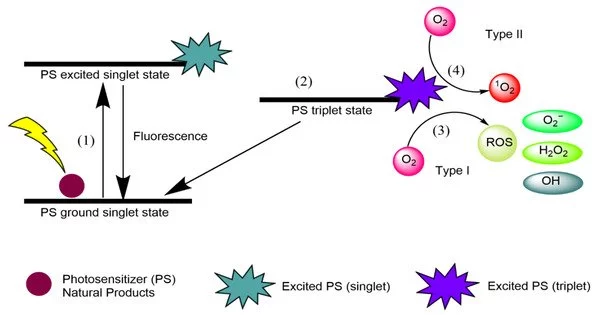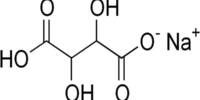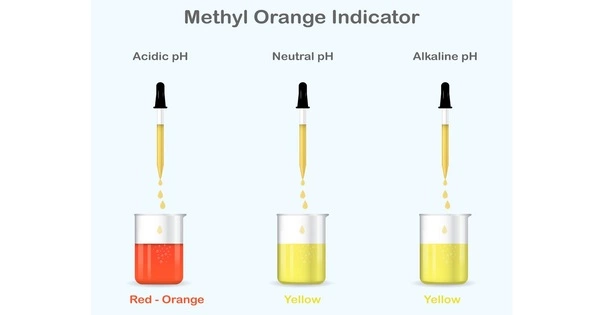A photosensitizer is a compound or molecule that, when activated by light, can generate reactive oxygen species (ROS) and cause damage to cells or tissue. They are used in photodynamic therapy (PDT) to treat cancer, age-related macular degeneration, and other diseases. Photosensitizers are typically administered to the body in a non-toxic form, and then activated by exposure to a specific wavelength of light. The ROS generated by the activated photosensitizer can cause damage to the cell membrane, leading to cell death, and can also induce an immune response. Some common photosensitizers used in PDT include 5-aminolevulinic acid (ALA), porfimer sodium (Photofrin), and mTHPC (Foscan).
A photosensitizer is a chemical compound or molecule that becomes activated when exposed to light. When activated, a photosensitizer can produce a chemical reaction or release energy, which can be used for various applications, such as in photography, medicine, and environmental remediation. In medicine, photosensitizers are used in photodynamic therapy to treat cancer and other diseases. In this therapy, the photosensitizer is administered to the patient and then activated by exposure to a specific wavelength of light, causing damage to or death of the targeted cells.
A photosensitizer is a substance that, when activated by light, can produce a chemical reaction or physical change. They are commonly used in photodynamic therapy, a medical treatment that uses light-sensitive drugs to destroy cancer cells. Photosensitizers can also be used in various other applications, such as in photochemistry, photobiology, and in chemical and biological sensing.
Polymer chemistry is one branch of chemistry that frequently uses photosensitizers in reactions such as photopolymerization, photocrosslinking, and photodegradation. Photosensitizers are also used to generate prolonged excited electronic states in organic molecules, which can be used in photocatalysis, photon upconversion, and photodynamic therapy. In general, photosensitizers absorb electromagnetic radiation such as infrared, visible light, and ultraviolet radiation and transfer the absorbed energy into neighboring molecules.
They are used in a variety of applications, including photodynamic therapy (PDT) for cancer treatment, where a photosensitizer is introduced to cancer cells and then activated by a specific wavelength of light to destroy the cells. Photosensitizers can also be used in imaging and diagnostic procedures, such as fluorescence imaging, to visualize specific cells or structures in the body. Some common examples of photosensitizers include porphyrins, phthalocyanines, and chlorins.
















